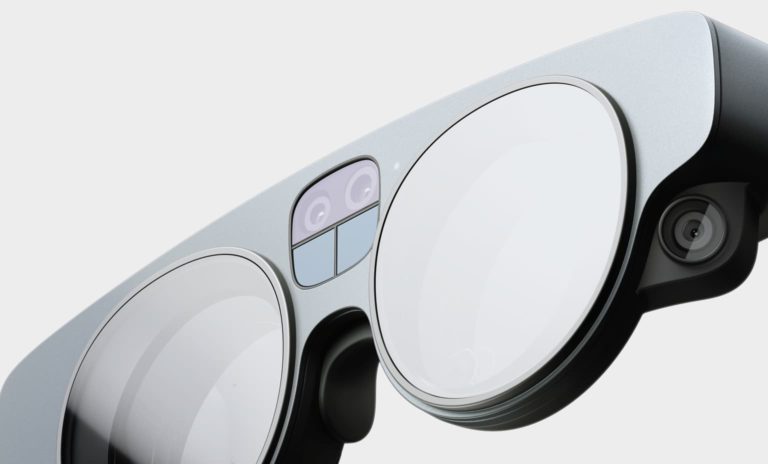
AR continues to be challenged in gaining consumer traction, but there are some bright spots. For example, usage and revenue continue to gain momentum in mobile AR. But that’s really a stepping stone towards AR’s fully actualized self which of course is headworn.
So where are we in that progression, and what’s the revenue outlook? This is the topic of a recent report from our research arm, ARtillery’s Intelligence, which dives into AR glasses and their growth projections. It’s also the topic of an ARtillery Briefs episode (video & takeaways below).
Common Patterns
So what did the report uncover? At a high level, global headworn AR revenue will grow from $1.85 billion dollars last year to $35.1 billion in 2026. This sum consists of consumer and enterprise spending, the latter holding a commanding share in early years.
That enterprise spending lead is driven by a strong ROI case for AR-guided productivity and planning. But, consumer spending will begin to catch up in later years. This is partly because consumer markets are generally larger than enterprise markets, based on population sizes.
Further subdividing the spending are hardware and software. And there, hardware leads in early years, but software will outpace it over time. This happens as software builds on a larger installed base of in-market hardware – a common pattern for emerging consumer technology.
So what does that hardware base look like? It’s very small in early stages, with around 390,000 units sold last year. But that will grow to a projected 10.3 million units in 2026. That’s steep growth but to put it in perspective that outer-year figure is still dwarfed smartphones by about 200-1.
Apple of My Eye
One thing driving that growth is the big topic on everyone’s mind when it comes to AR glasses: Apple. Hopes of its market entrance were scattered last week when Bloomberg reported that its AR glasses plans may be delayed or shelved. And if it launches anything, it won’t be until 2025.
Given that, what are all the rumors about an Apple headset launching in Spring 2023? All signs point to more of an entertainment-oriented VR device. This would feed into Apple’s content ecosystem, while any AR it offers will likely be passthrough AR, similar to Meta Quest Pro.
But if Apple does indeed keep its plans for AR glasses in the long term, it will likely be a lighter form of AR than what we see in devices like Microsoft HoloLens. This would have to be the case to reach size and weight requirements for mass-market adoption, which is a prerequisite for Apple.
But despite that lower-tech orientation, the device’s appeal could be in its elegant integrations with other wearables. We’re talking spatial audio from your AirPods and biometric signals from your Watch. This would comprise a holistic wearables suite and a classic Apple ecosystem play.
Sober and Slower
So that just scratches the surface and you can see more in the full report. But in closing, it’s not just about Apple. Other players are defining the AR glasses market and there’s lots of activity. For example, Microsoft is down and Magic Leap is up, which flips their previous positioning.
Specifically, Microsoft is seeing some turbulence in its landmark U.S. Army contract, not to mention layoffs that have stalled its AR operations. Meanwhile, Magic Leap has accomplished quite a turnaround in its organizational restructuring and the impressive Magic Leap 2.
This shifting ground is emblematic of early-stage sectors and we can expect to see more of the same as the industry twists around and takes shape. And though we’ve seen lots of setbacks for AR glasses over the past year, innovation will continue, even if in sober and slower ways.

